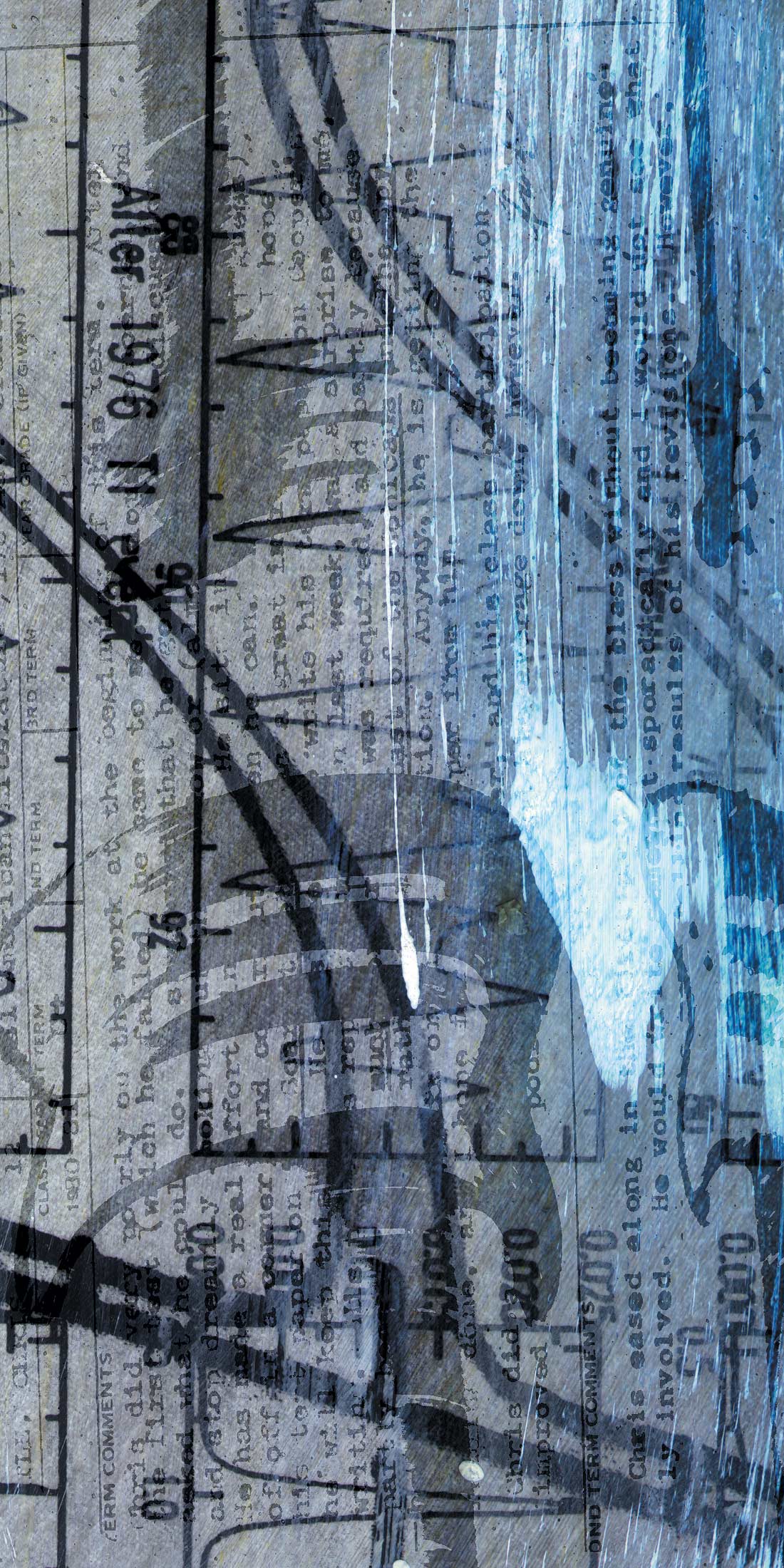While I gave the mic preamps in the Focusrite ISA 428 a favorable review back in Tape Op #38, I wasn't able to check out the optional, eight-channel, 192k-capable A/D converter in time for that issue, so I just wanted to write a quick follow-up. The folks at Focusrite sent me the AES/SPDIF cable I needed, and I was finally able to give the converters a listen. The card was a breeze to install, the 428 and my soundcard recognized it immediately, and off I went. I confess to not really "testing" the Focusrite converters at first; I just put them to work and bypassed the A/D converters on my M-Audio Delta 1010 soundcard. As everything sounded fine, I just kept on recording away. With my deadline looming, I figured I should be a little more scientific, so I grabbed the fanciest mic in the house (AKG C 33e) and recorded some nylon string. The ISA 428 sends audio to the analog and digital outs simultaneously, so I simply routed both into Cubase, recorded a take (24-bit, 44.1 kHz), and listened. Monitoring via a Benchmark DAC1 and Beyer DT 831 phones, the difference was pretty dramatic. The Focusrite converters sounded way better. Low end was much tighter; the Delta sounded very boomy in comparison. Mids were cleaner and more defined. Highs....there just seemed to be a lot more high end on the Focusrites, but not in a grating, overly bright way... if that makes any sense. The Focusrites just seemed to take a much more accurate picture of the sound. Which is the whole idea, isn't it? My only negative would be that the Focusrites were maybe a little "clinical" sounding. But only a little, and I'll take that over "muddy" any day. If you're considering the ISA 428 (and recording to digital, obviously), I highly recommend the A/D option card. ($695 MSRP; www.focusrite.com)
Converters | No. 138
Mercury Mastering DA Converter
by Tom Fine
SPL electronics is a 35-year-old German company that makes everything from the Vitalizer sweetener/equalizer to a well-regarded de-esser and desktop digital interfaces to mastering consoles and signal...




_disp_horizontal_bw.jpg)